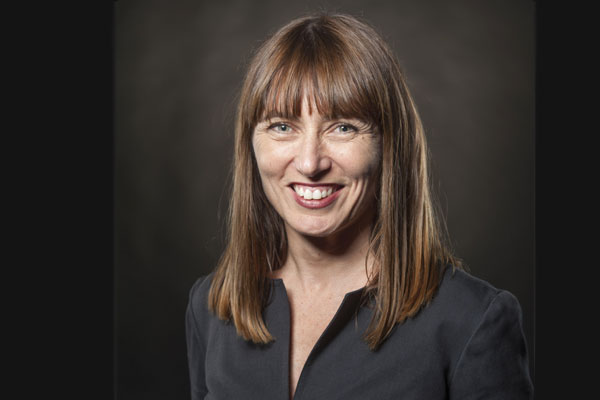
The curator’s challenge
"A curator’s job is a challenging one. A fine balance between what you want to show and what people will appreciate,” believes Maud Page, Deputy Director, Collection and Exhibitions at Australia’s Queensland Art Gallery | Gallery of Modern Art (QAGOMA).
Page, who oversees all aspects of QAGOMA’s curatorial activities, and is directly responsible for the management and development of the gallery’s collections and exhibitions, was in Kolkata recently to attend the Experimenter Curators’ Hub followed by engagements in New Delhi.
She has been instrumental in the realisation of major exhibitions and projects, including the Asia Pacific Triennial (APT7 and APT8).
“Working with cultures not my own is difficult but rewarding too,” said Page. “Going to another country, into another culture , and then grasping the essence of it in a short span of time is difficult. That is why collaborations are very important in this space,” she added.
One of her key projects as lead curator was ‘Paperskin, Barkcloth across the Pacific’ -- an exhibition focused on the use and transformation of bark cloth, locally known as ‘tapa’ as an artistic and cultural expression in the Pacific -- in collaboration with the Museum of New Zealand Te Papa Tongarewa and the Queensland Museum.
“We had done a contemporary textile exhibition about the Pacific region. That inspired me to look into the tradition of using back cloth in the region,” said Page.
In 2015, Page curated New Zealand sculptor Michael Parekowhai’s work, The Promised Land, which drew a lot of attention.
According to Page, curating is not a one-off task. A curator has to develop an understanding of the subject and the artist.
“I have been working with Parekowhai for 18 years,” said Page, “It was interesting to study his body of works”. Parekowhai is Maori (indigenous to New Zealand) but unlike many other artists, his work represented a global outlook, explained Page.
Talking of the importance to connect with an artist over the long term, she also mentioned about the Kalpa Vriksha, a project within The Asia Pacific Triennial of Contemporary Art (APT8) exhibition.
Kalpa Vriksha was about how ancient techniques and subjects are still being used in India, and how these are being used to express contemporary concerns.
Page was inspired by Sonabai from the Rajwar community of Sarguja in Chhattisgarh who had shown at the Queensland Art Gallery 16 years ago. She was known for her figurative sculptural and architectural clay works. “As a curator, one has to keep on checking about an artist’s works and keep discussing them to then find the right context to exhibit the work,” to present an informed and interesting exhibition explained Page.
A curator plays an important part in drawing visitors to a museum or gallery, said Page. Be it a permanent display or an exhibition, it is vital that the communication is right. Access to the right information, which has become a lot easier over the internet, will attract people to the shows.
Visual presentation of a theme is also an important aspect of the curator’s job. According to Page, curatorial work is about the visual presentation of an idea that might have already formulated in an artist’s work or can be included in a broader theme which includes other artworks too.
“The aesthetic (visual) content and the theoretical (idea) need to both be strong and communicable to audiences. A good exhibition will bring new ideas, new associations or evocations to the fore” said Page.
“For something like the Asia Pacific Triennial (APT), which has been occurring since 1993 and whose most recent iteration, APT8, drew 605,000 visitors you need to plan three years in advance,” explained Page. “The last one had over 83 different artists from across the Asia Pacific region so travel is essential to begin one-to-one communication and understand the context from which the works are created.”
“The entire Gallery then works on the APT, from the Registrars, to the Designers to the Gallery Services Officers to the Marketing team, to finally deliver the project across our two buildings. It’s a massive undertaking!”
Talking about her experience at the Experimenter’s Hub in Kolkata, she said, “It was fantastic. I have always found the Indian contemporary Art scene extremely advanced, informed, travelled and ready for a challenge. The conversations were very serious and interesting but also full of generosity, both from the speakers and from the large and dedicated audience that attended the three days. It was a very worthwhile event and I am grateful to the Australia Council of the Arts to have supported my involvement.”
Image: Maud Page/QAGOMA
Support Our Journalism
We cannot do without you.. your contribution supports unbiased journalism
IBNS is not driven by any ism- not wokeism, not racism, not skewed secularism, not hyper right-wing or left liberal ideals, nor by any hardline religious beliefs or hyper nationalism. We want to serve you good old objective news, as they are. We do not judge or preach. We let people decide for themselves. We only try to present factual and well-sourced news.







